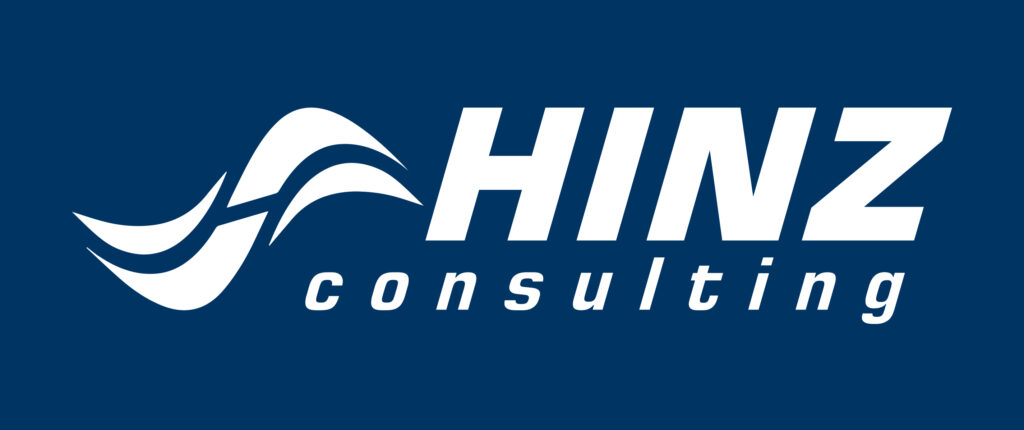Contracts form the backbone of operations within the Department of Defense (DoD), governing everything from weapon systems procurement to logistical support and infrastructure projects. In this blog, we’ll explore the intricacies of DoD contracts, their types, procurement processes, key stakeholders involved, and the critical role they play in supporting national defense.
Introduction to DoD Contracts
Contracts within the DoD are legal agreements between the government and private entities, outlining terms and conditions for the acquisition of goods and services. These contracts are essential for ensuring military readiness, maintaining equipment, and supporting the overall mission of defending the nation.
Types of DoD Contracts
Fixed-Price Contracts
Fixed-price contracts establish a set price for goods or services, providing certainty in cost and limiting financial risk for the government. Types include firm-fixed-price (FFP) and fixed-price with economic price adjustment (FPEPA), which adjusts for inflation or other economic factors.
Cost-Reimbursement Contracts
Cost-reimbursement contracts reimburse contractors for allowable costs incurred during performance. Types include cost-plus-fixed-fee (CPFF), cost-plus-incentive-fee (CPIF), and cost-plus-award-fee (CPAF), varying in the level of fee and incentive structure.
Time and Materials Contracts
Time and materials contracts combine aspects of both fixed-price and cost-reimbursement contracts, reimbursing contractors for labor and materials at predefined rates. These contracts are used when the scope of work is uncertain or evolves over time.
Procurement Process
Acquisition Planning
Acquisition planning involves identifying requirements, determining acquisition strategies, and establishing milestones for contract execution. This phase ensures alignment with DoD goals and compliance with acquisition regulations.
Solicitation and Contract Award
The solicitation phase includes issuing requests for proposals (RFPs) or invitations for bids (IFBs) to potential contractors. Evaluation criteria are established to assess proposals, and contracts are awarded based on best value or lowest price technically acceptable (LPTA) criteria.
Contract Administration
Contract administration encompasses monitoring contractor performance, ensuring compliance with contract terms, and managing modifications or disputes that may arise. Contracting officers and specialists oversee these activities to maintain accountability and performance standards.
Key Stakeholders in DoD Contracts

Contracting Officers (COs)
Contracting officers are responsible for executing and administering contracts on behalf of the government. They ensure compliance with regulations, evaluate contractor performance, and facilitate contract modifications as necessary.
Program Managers (PMs)
Program managers oversee the execution of specific projects or programs funded by DoD contracts. They collaborate with contracting officers to ensure alignment with project goals, timelines, and budgetary constraints.
Contractors and Subcontractors
Private companies, ranging from large defense corporations to small businesses, fulfill contractual obligations under DoD contracts. Subcontractors may also be engaged to provide specialized services or components.
Compliance and Regulatory Framework
Federal Acquisition Regulation (FAR)
The FAR establishes uniform policies and procedures for acquisition by federal agencies, including the DoD. It governs contract formation, administration, and termination to ensure transparency, fairness, and efficiency in procurement processes.
Defense Federal Acquisition Regulation Supplement (DFARS)
The DFARS supplements the FAR with additional regulations specific to DoD acquisitions. It addresses unique defense-related requirements, such as cybersecurity standards, small business utilization, and contract clause requirements.
Challenges and Considerations
Budgetary Constraints
Managing costs and adhering to budgetary constraints are ongoing challenges in DoD contracting. Contracting officers must balance the need for innovative solutions with fiscal responsibility to maximize taxpayer value.
Complex Requirements
DoD contracts often involve complex technical specifications and stringent performance standards. Contractors must demonstrate capability and compliance to meet DoD’s rigorous operational requirements.
Future Trends and Innovations
Digital Transformation
Advancements in digital technology, such as cloud computing and artificial intelligence, are transforming DoD contracting processes. Automation and data analytics enhance efficiency, transparency, and decision-making in contract management.
Sustainability and Green Procurement
The DoD is increasingly focused on integrating sustainability practices and environmental considerations into procurement strategies. Green procurement initiatives promote energy efficiency, waste reduction, and environmentally responsible practices.
Conclusion
DoD contracts are essential instruments for acquiring goods and services critical to national defense. They enable collaboration between the government and private sector to achieve military readiness, innovation, and operational excellence. By understanding the types of contracts, procurement processes, key stakeholders, and regulatory framework, stakeholders can navigate the complexities of DoD contracting effectively.
As the landscape of defense acquisition evolves, embracing digital transformation and sustainability initiatives will shape future contracting practices. By fostering collaboration, transparency, and accountability, DoD contracts continue to play a vital role in supporting the mission of defending the United States and its allies. Contact us to learn more!

